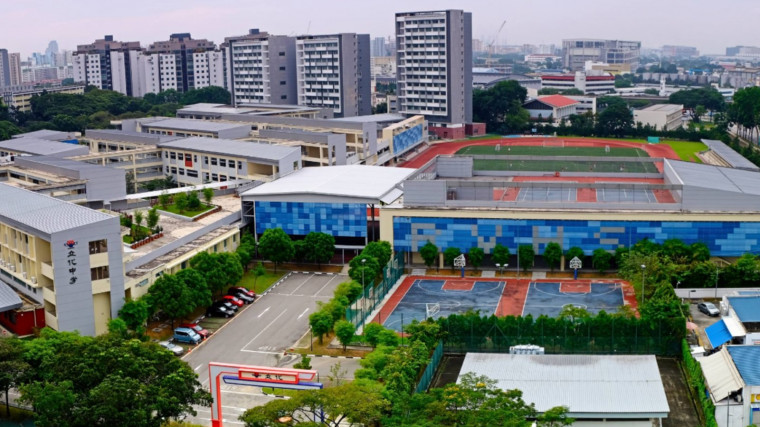I graduated from River Valley High School in 1998, when the campus was at Pandan Gardens, along West Coast Road.
Those were humid and stuffy days. Our nurse-like uniforms were so thick it felt like they could have been fireproof. Boys seemed to have it better, because they wore shorts, a SAP-school signature look.
Fast forward 23 years to 2021, I found myself in tears on the night of July 19, after reading about the death of an RVHS boy. I’m not related to him except through our alma mater, but it still hit me hard.
I didn’t understand my response then. I didn’t know him, yet I felt shock, lingering fears, and a sense of loss. Was I overreacting or was it a sign of depression?
That night, I was conscious of being alone. I felt like the world suddenly became a dark and frightening place, with the hairs on my back standing on end. Even though my editor had written a touching piece on dealing with the aftermath of the attack, I couldn’t even bring myself to read it till the next day.
In hope of processing my feelings, I did one of the few things that I knew could help – write.
Everyone has something to say

The next day brought even more noise: more media reports, social media comments, anonymous posts, unverified WhatsApp messages were flying all over virtual space.
I don’t know if this incident would garner more acceptance and support from all walks of life for those who need it, or trigger more judgement and avoidance of the important conversations. Isn’t the existing stigma on mental illnesses bad enough?
People were quick to jump to conclusions and search for someone to blame. One of the messages going around was a 2,000-word anonymous post by a person who claimed to be an RVHS alumnus. The author, who apologised for using a fake moniker ‘Selena’, went on to share her RV experience, which she said led to trauma, nightmares, clinical depression and anxiety.
While the post has not been verified, there are a couple of points that stood out for me as an ex-RVHS student.
She, like me, admitted that the news left her shaking, overwhelmed, and full of negative emotions. Reading that gave me confidence that I was not alone. Thank you.
She added that her criticism of RVHS was not representative of the entire student body and she had no intention to slander the school in sharing her experiences.
While most of her post was to encourage current RVHS students, she shared that in her time there, she found the school elitist and didn’t come across as caring about students’ well-being. She dreaded going to school, she said, and hated it, but “no one seemed to care”. She was not the only one in her cohort to feel that way, she claimed.
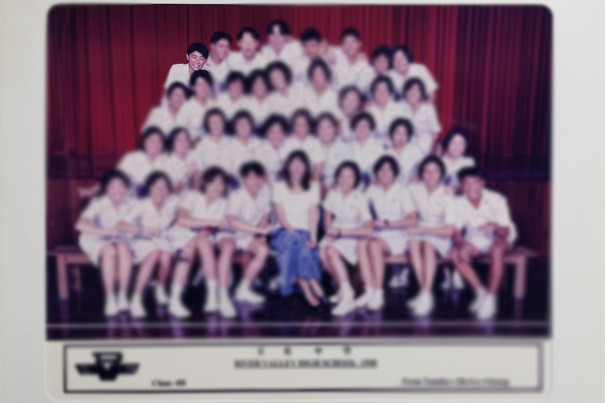
I empathise with her experience, although it differed from my own of over two decades ago. Despite the fact that I don’t consider myself an elite, I am capable of snobbery or have been called one myself (I’m a coffee snob). Nevertheless, I agree that the education system needs to be regularly updated to suit the changing times and the evolving needs of students.
After graduating from RVHS and going on to junior college and university, I worked several years in China. The culture there, though just as competitive as Singapore – if not more, was oddly cohesive and cooperative; team members openly helped one another and exchanged notes, to my surprise, there was no withholding of information between colleagues.
In my overseas experience, I didn’t find any focus on meritocracy that our founding fathers put in place for our nation, nor did I encounter the kind of elitism that I’ve seen on the ground in Singapore. That said, the demographics, size and pool of talent in China is drastically different from here.
What’s the difference between elitism and meritocracy, you ask? Without getting too academic, I believe elitism implies an element of snobbery, while meritocracy focuses more on skills and credentials.
Some may argue that they are the same thing, but in my opinion, one is more discriminating and unkind than the other.
A nurturing environment should also care for teachers
In the first 30 minutes of this week’s parliamentary ministerial statement on RVHS, Education Minister Chan Chun Sing mentioned twice about creating a caring and nurturing environment for students in Singapore.
Minister Chan also laid out an extensive plan, including deploying more teacher-counsellors, reduction in this year’s revision load for students and a stronger support network in schools.
He said that all teachers will receive enhanced professional development on mental health literacy, adding that: “We will also dedicate more time and attention to checking in on the well-being of our students regularly… Henceforth, teachers will devote time at the start of every school term to check in on the well-being of their students, and guide them to know how, where and when to get help.
All this is well and good, but it also says to me that we are adding extra workload to our teachers, who already work longer hours than their peers in other countries. What about their mental well-being?
Other stories you might like


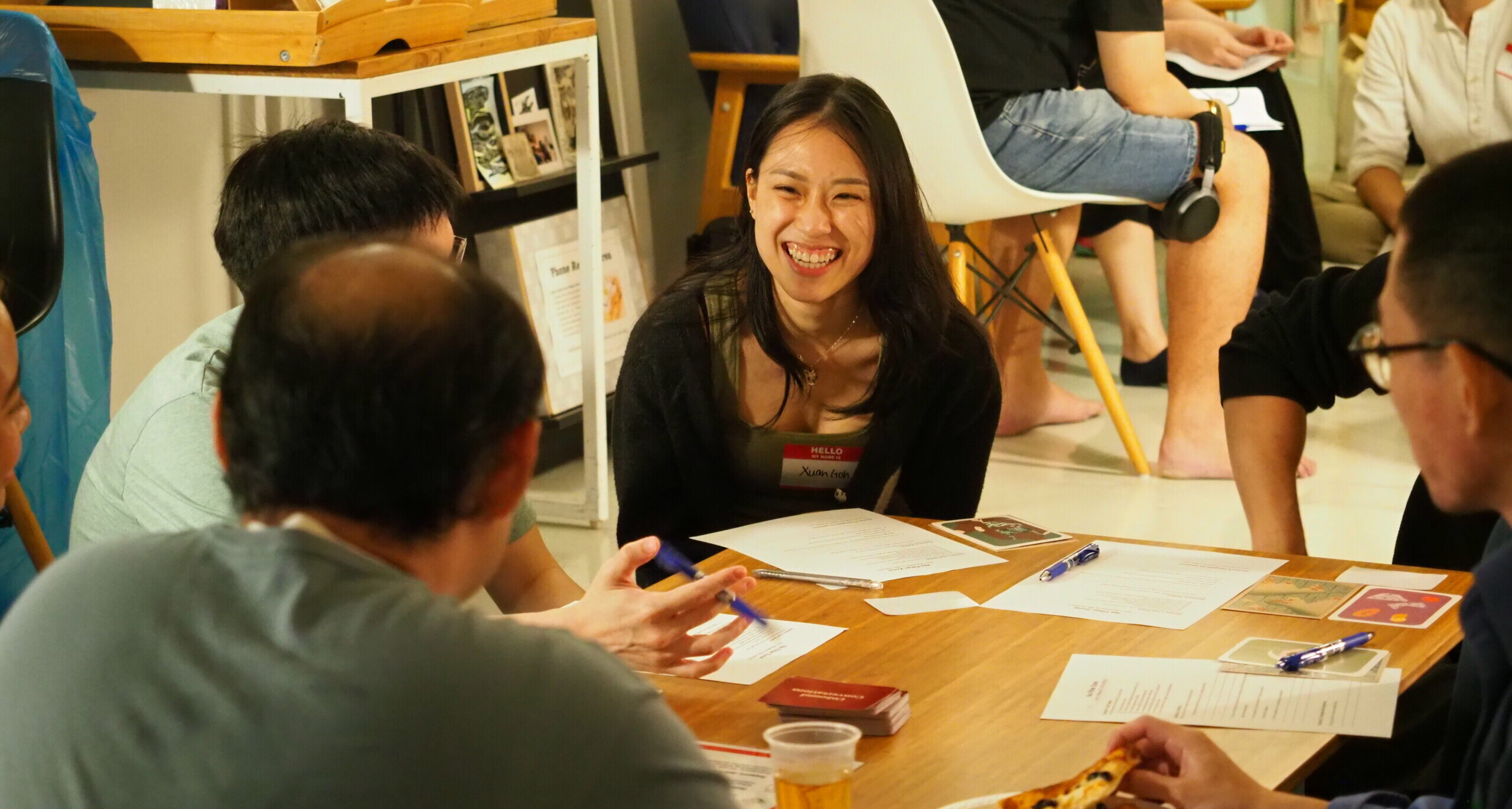
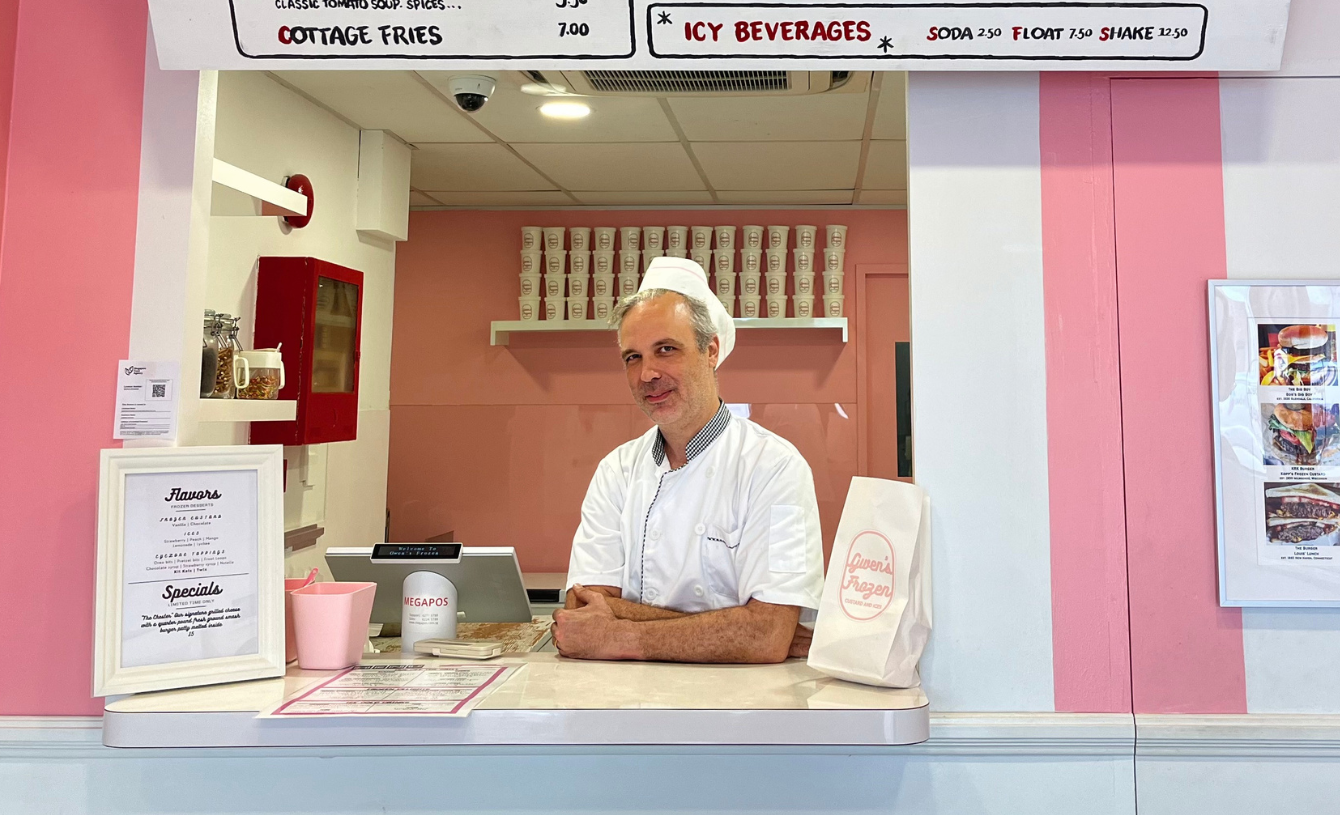
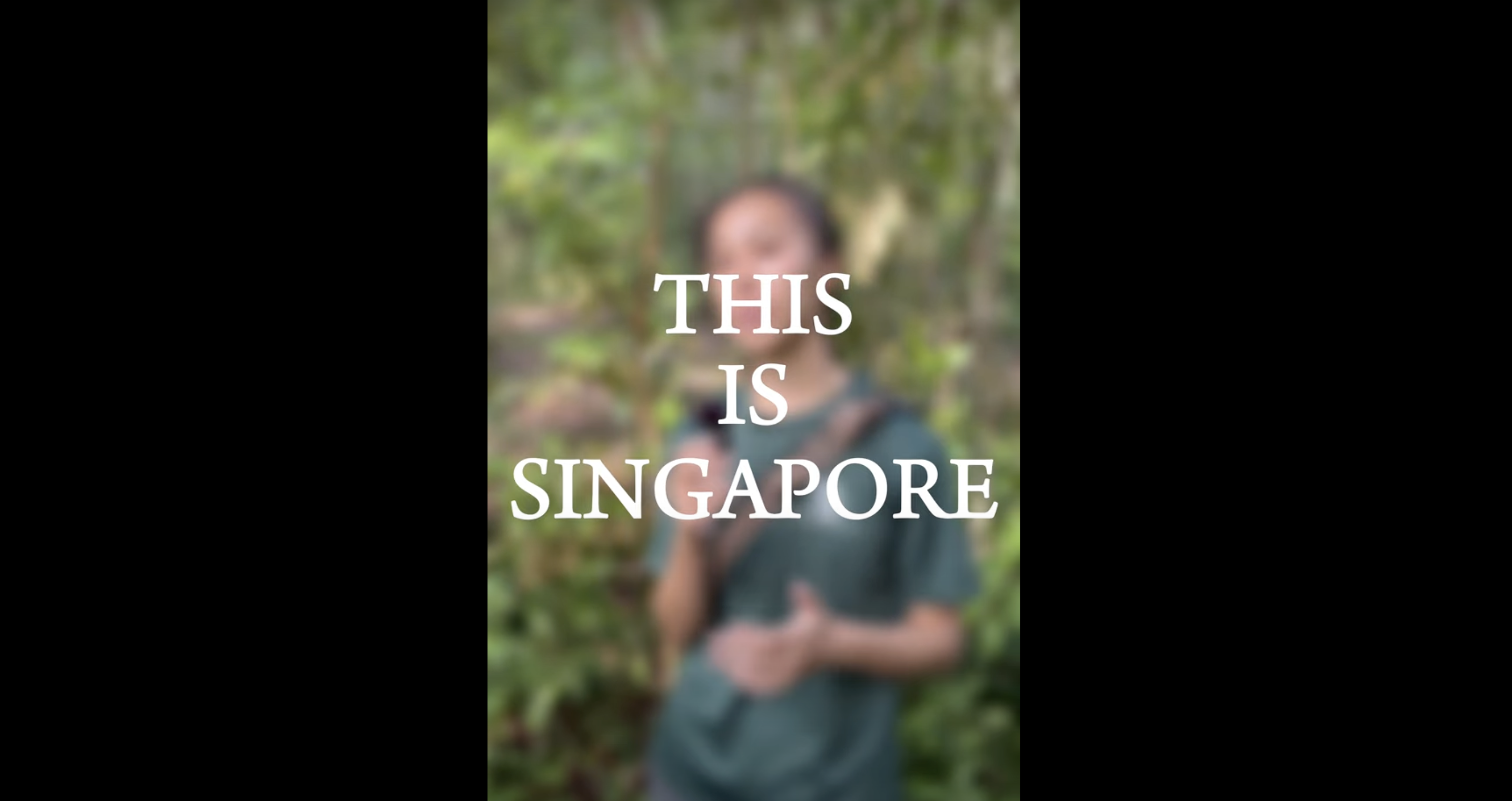
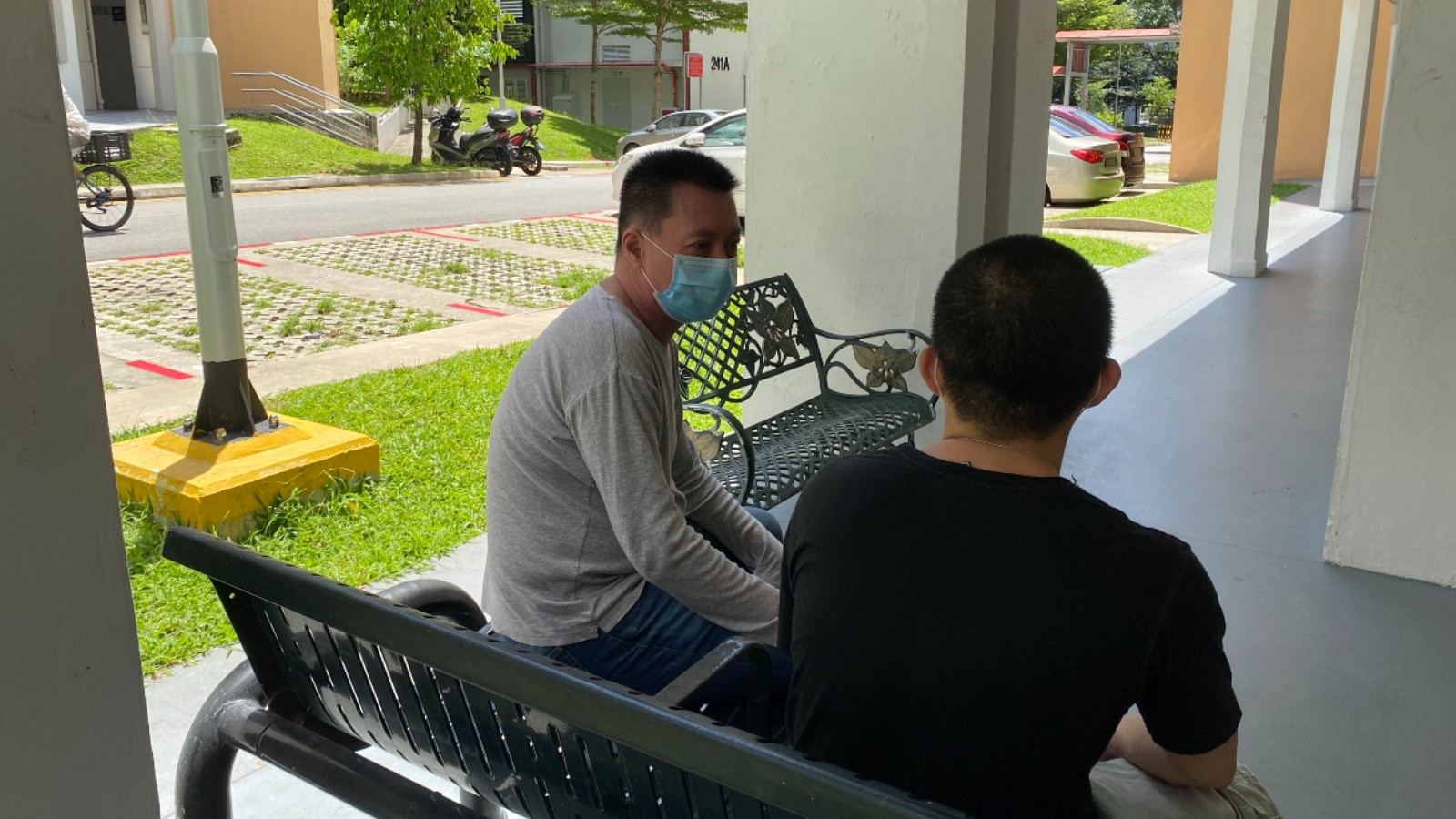
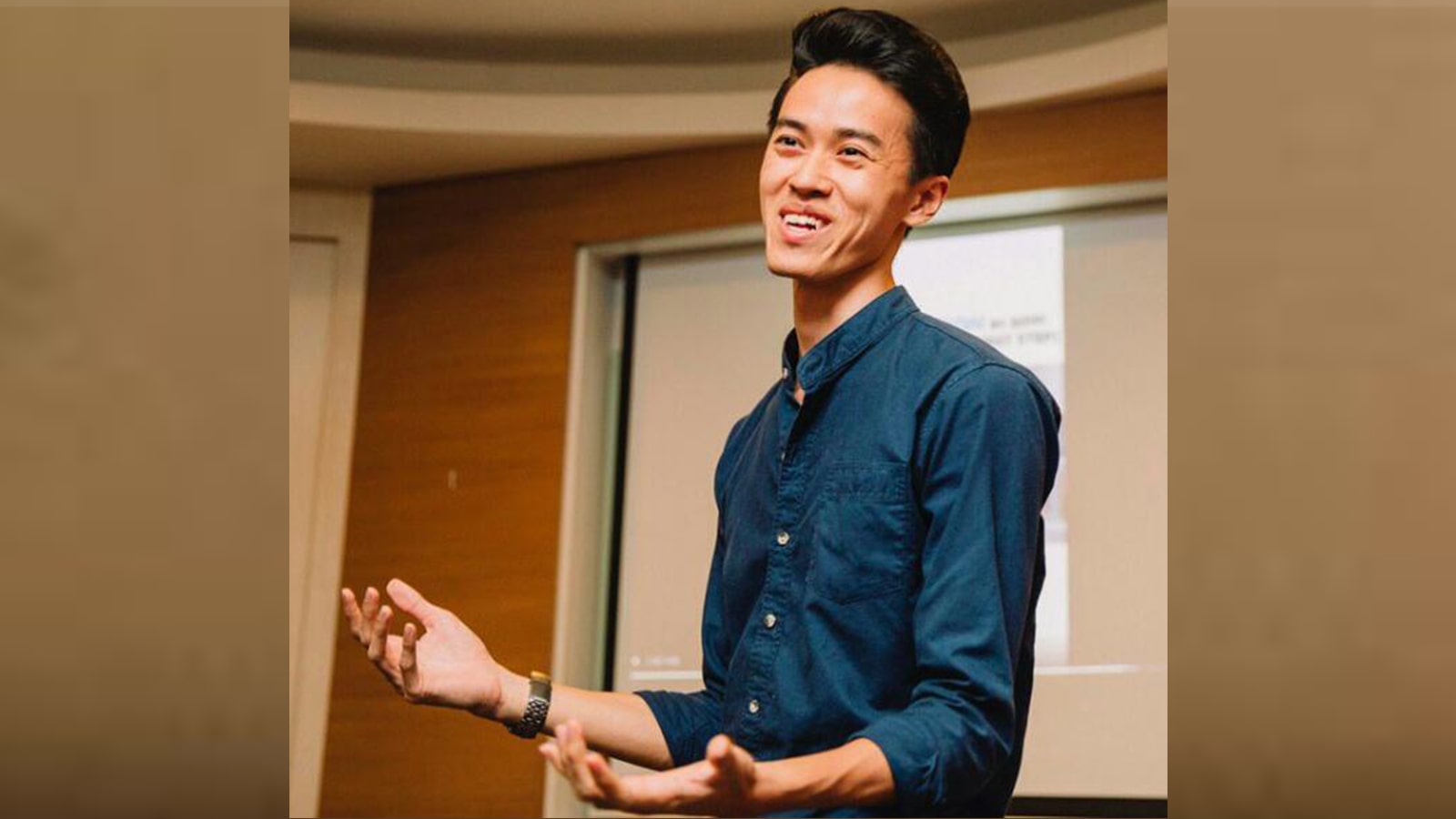
Minister Chan said how he was struck by how RVHS principal Teo Khin Hiang and the teachers did not even have the time to grieve because they were taking care of the students under their charge. That is a tribute to our teachers, but let’s remember that they will need support too.
I’m happy that his plan includes deploying more teacher-counsellors but how do we support these school counsellors – are there enough of them? If there isn’t, what may be some measures that can encourage more people to take up counselling work with students?
I’m glad that Minister Chan emphasised the need for a whole-of-society approach to caring for our students. But what I find difficult to reconcile, is that a country which does not welcome refugees wants to be more caring and doing so by increasing expectations on teachers.
To me, a society should be culturally and holistically caring, and if it is not, it should make space (and policies) to create conditions for that capability.
View this post on Instagram
Some have also criticised on social media how RVHS handled the days after the incident, especially the CARE programme that students went through after they returned to school. But as the post on Wakeup Singapore explains, there is flexibility in the system to show care for students more than a deck of slides.
The question is: Do we have the human resources to do it?
We need a bigger workforce, and allow space for students to internalize the learning and not overload them with worksheets.
Meanwhile, what is the role of parents?
In a response posted by her parents Euan Murugasu and Gillian Koh on Minister Chan’s Facebook post on the incident, student Elise Murugasu said that Singapore’s education system needed to cater to the needs of the youths today.
She said: “Education has never run parallel with life; it has not changed in the ways that it has needed to. It has not sufficiently taught us how to live with eating disorders, social media, familial tensions, mental illness, high stress, and expectations/decisions.”
“We hope that we will understand what we are working for every step of the way. Teach us to handle the issues we face today, because they are different from those you faced in your time, and we are different. Different from generations before us, and different from those to come. Acknowledging the good parts of what we have, we deserve different systems and attitudes. We hope that we are not the only ones trying to learn. And that these issues never need to be handled after-the-fact again.”
But just important to me was how supportive Elise’s parents are, both in talking to her about what happened and in posting her words online (I liked how both parents replied with their daughter’s comment to Minister Chan’s post, talk about parental support!)
If all parents are as hands-on and supportive as Euan and Gillian, then I believe that many of the challenges faced by our younger Singaporeans are a lot easier to surmount.
Diversity in teaching styles and student responses

I believe that good teaching is effective, but students respond differently to the same teacher. Similarly, individual teachers have their own styles of teaching; their own weaknesses and strengths.
Therefore, a variety of teachers is good for students, and this is more similar to what the real world looks like — it can better prepare our young talents for their future outside of schools.
In ‘Selena’s’ post , she recounted how one of her RVHS teachers kicked her out of class because she couldn’t finish homework after she was incapacitated by a chronic illness the day before. She said that this humiliation has stayed with her ever since.
Getting thrown out of the classroom is harsh. If you ask me if I was petrified in school, my answer is “totally, all the way from kindergarten till pre-university.”
To some extent, I lived and breathed stress during my school days. Was it easy? No. Did I learn? Yes. Was it necessary? Frankly, I don’t know, but it drove me anyway.
Good coaches (and teachers) push learners to maximize their potential, and it is difficult to know where that limit is. As the former world No. 1 tennis player Serena Williams pointed out, in light of Naomi Osaka’s pulling out of the French Open to focus on her mental wellness, “Everyone is different, and everyone handles things differently.”
Similarly, with Simone Biles prioritising her mental health and safety by pulling out of the US women’s team gymnastic event at the Tokyo 2020 Olympics, the conversation on how our future generations handle mental wellness is very much in the limelight.
Truth is, many of our students are already trying their hardest, but how do we ensure that their teachers push them to their best and not over the edge?
How should we talk about tragedy?
View this post on Instagram
This episode has shed light on how the media handles tragic events and how unkind public discourse can be. I’m glad that we were given a journalist’s point of view to help us understand what goes behind the scenes of news reporting.
We are also seeing public support and kind words. Despite the tragic incident that the school community is going through, students are also looking out for one another.
And the outpouring of grief, condolences and kindness far outweigh the anger that I see on social media.
During his parliamentary address, Minister Chan recounted how two students even asked him to help their 16-year-old friend, who is charged with murder, because “they know it’s a cry for help”.
What happened at my old school is a tragedy that will leave its mark on Singapore society and scar some of our sons and daughters for life. But when we can show compassion, even for the alleged attacker, then we are headed into the right direction of healing.
The amount of kindness and gentleness that I have seen over this tragic event in the past week is astounding. And it gives me hope that through our dark times, we can continue to build a caring and nurturing place that we want our children to grow up in.
If you like what you read, follow us on Twitter and Google News to get the latest updates.
